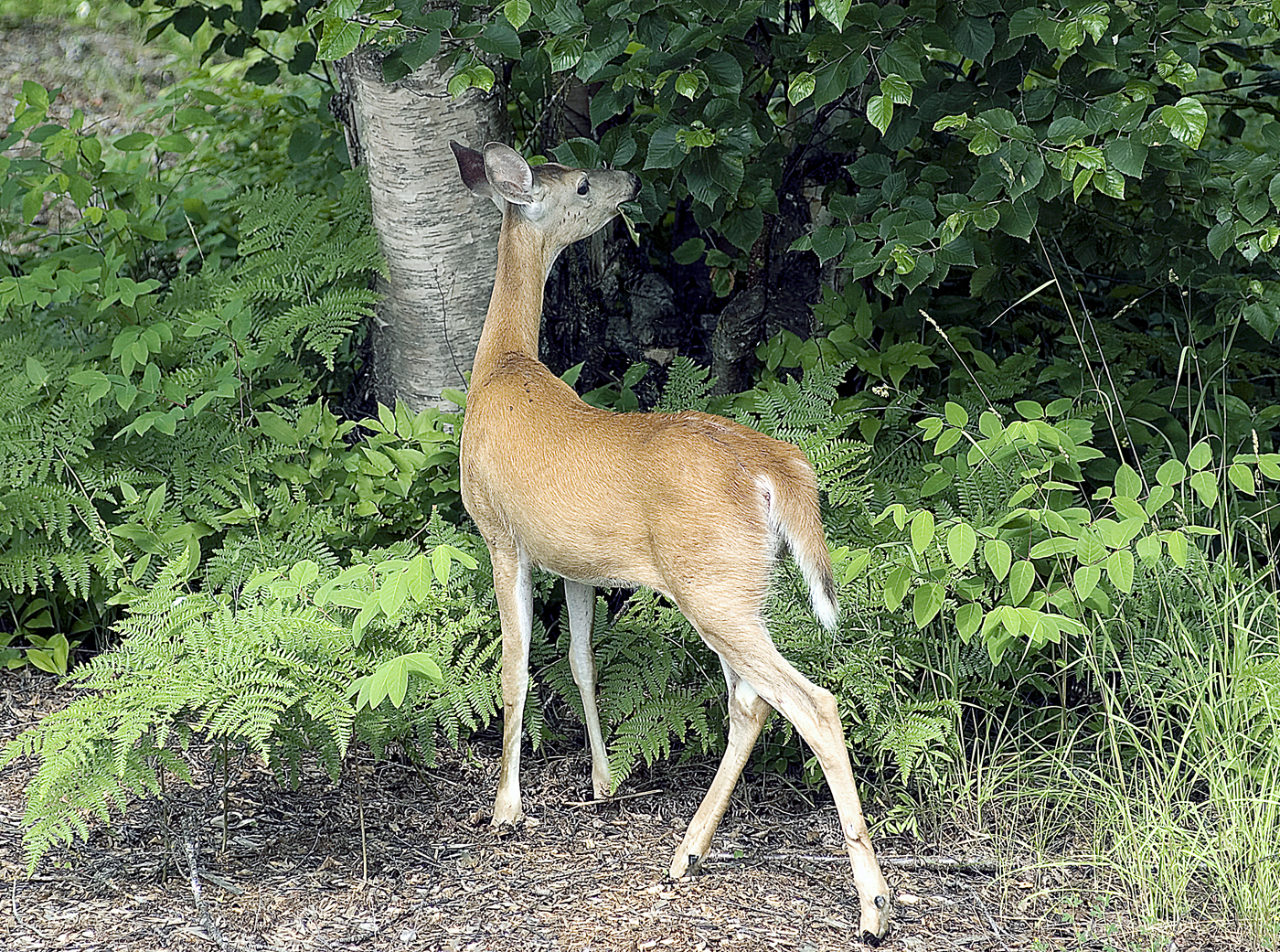|
Mylohyus Fossilis
''Mylohyus'' is an extinct genus of peccary found in North and Central America. It first evolved during the Late Miocene and became extinct at the end of the Pleistocene, around 12,000 years ago, during the Late Pleistocene megafaunal extinction. Six species were known, the most famous being ''Mylohyus nasutus'', also known as the long-nosed peccary. It went extinct at the end of the Rancholabrean North American Land Mammal Age. The genus was slightly larger-bodied than any modern peccaries, with an estimated mass of . Isotope and anatomical studies have suggested that the diet of ''Mylohyus'' varied over geological time, from being primarily a C3 browser during the Blancan, with an increasing consumption of C4 vegetation during the Irvingtonian, with a relatively even mixture of C3 and C4 during the Rancholabrean. Suggestions have been made that it was frugivorous and also consumed hard browse like twigs. ''Mylohyus'' was able to coexist with close phylogenetic relatives be ... [...More Info...] [...Related Items...] OR: [Wikipedia] [Google] [Baidu] |
Pliocene
The Pliocene ( ; also Pleiocene) is the epoch (geology), epoch in the geologic time scale that extends from 5.33 to 2.58See the 2014 version of the ICS geologic time scale million years ago (Ma). It is the second and most recent epoch of the Neogene Period in the Cenozoic, Cenozoic Era. The Pliocene follows the Miocene Epoch and is followed by the Pleistocene Epoch. Prior to the 2009 revision of the geologic time scale, which placed the four most recent major glaciations entirely within the Pleistocene, the Pliocene also included the Gelasian Stage, which lasted from 2.59 to 1.81 Ma, and is now included in the Pleistocene. As with other older geologic periods, the Stratum, geological strata that define the start and end are well-identified but the exact dates of the start a ... [...More Info...] [...Related Items...] OR: [Wikipedia] [Google] [Baidu] |
Browsing (herbivory)
Browsing is a type of herbivory in which a herbivore (or, more narrowly defined, a folivore) feeds on leaves, soft Shoot (botany), shoots, or fruits of high-growing, generally woody plants such as shrubs. This is contrasted with Grazing (behaviour), grazing, usually associated with animals feeding on grass or other lower vegetations. Alternatively, grazers are animals eating mainly grass, and browsers are animals eating mainly non-grasses, which include both woody and herbaceous Dicotyledon, dicots. In either case, an example of this dichotomy are goats (which are primarily browsers) and Domestic sheep, sheep (which are primarily grazers). Browse The plant material eaten is known as ''browse'' and is in nature taken directly from the plant, though owners of livestock such as goats and deer may cut twigs or branches for feeding to their stock. In temperate regions, owners take browse before leaf fall, then dry and store it as a winter feed supplement. In time of drought, herdsme ... [...More Info...] [...Related Items...] OR: [Wikipedia] [Google] [Baidu] |
Cumberland Bone Cave
The Cumberland Bone Cave is a fossil-filled cave along the western slope of Wills Mountain on the outskirts of Cumberland, Maryland near Corriganville in Allegany County, Maryland. History and paleontology In 1912 workers excavating a cut for the Western Maryland Railway along Andy's Ridge broke into the partly filled cave. A local naturalist, Raymond Armbruster, observed fossil bones among the rocks that had been blasted loose and were being removed from the cut. Armbruster notified paleontologists at the Smithsonian Institution, and James W. Gidley began excavating that same year. The cave later became known as the "Cumberland Bone Cave". Between 1912 and 1916, Gidley excavated the Cumberland Bone Cave, where 41 genera of mammals were found, about 16 per cent of which are extinct. Numerous excellent skulls and enough bones to reconstruct skeletons for a number of the species were present. Skeletons of the short-faced bears and an extinct saber-toothed cat from the Bone Cave ... [...More Info...] [...Related Items...] OR: [Wikipedia] [Google] [Baidu] |
Mylohyus Fossilis
''Mylohyus'' is an extinct genus of peccary found in North and Central America. It first evolved during the Late Miocene and became extinct at the end of the Pleistocene, around 12,000 years ago, during the Late Pleistocene megafaunal extinction. Six species were known, the most famous being ''Mylohyus nasutus'', also known as the long-nosed peccary. It went extinct at the end of the Rancholabrean North American Land Mammal Age. The genus was slightly larger-bodied than any modern peccaries, with an estimated mass of . Isotope and anatomical studies have suggested that the diet of ''Mylohyus'' varied over geological time, from being primarily a C3 browser during the Blancan, with an increasing consumption of C4 vegetation during the Irvingtonian, with a relatively even mixture of C3 and C4 during the Rancholabrean. Suggestions have been made that it was frugivorous and also consumed hard browse like twigs. ''Mylohyus'' was able to coexist with close phylogenetic relatives be ... [...More Info...] [...Related Items...] OR: [Wikipedia] [Google] [Baidu] |
Pennsylvania
Pennsylvania, officially the Commonwealth of Pennsylvania, is a U.S. state, state spanning the Mid-Atlantic (United States), Mid-Atlantic, Northeastern United States, Northeastern, Appalachian, and Great Lakes region, Great Lakes regions of the United States. It borders Delaware to its southeast, Maryland to its south, West Virginia to its southwest, Ohio and the Ohio River to its west, Lake Erie and New York (state), New York to its north, the Delaware River and New Jersey to its east, and the Provinces and territories of Canada, Canadian province of Ontario to its northwest via Lake Erie. Pennsylvania's most populous city is Philadelphia. Pennsylvania was founded in 1681 through a royal land grant to William Penn, the son of William Penn (Royal Navy officer), the state's namesake. Before that, between 1638 and 1655, a southeast portion of the state was part of New Sweden, a Swedish Empire, Swedish colony. Established as a haven for religious and political tolerance, the B ... [...More Info...] [...Related Items...] OR: [Wikipedia] [Google] [Baidu] |


